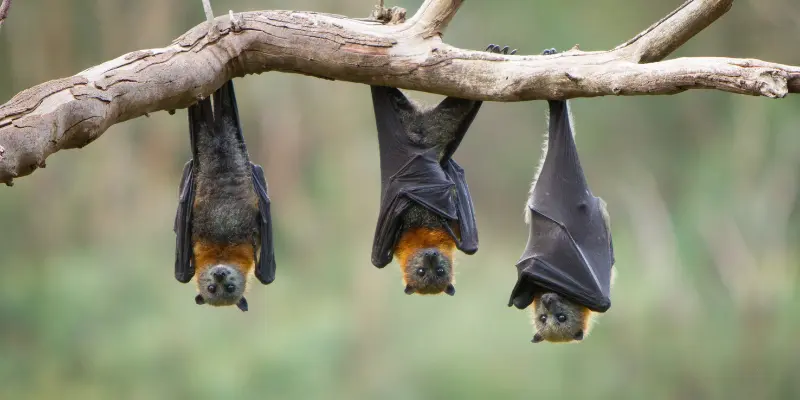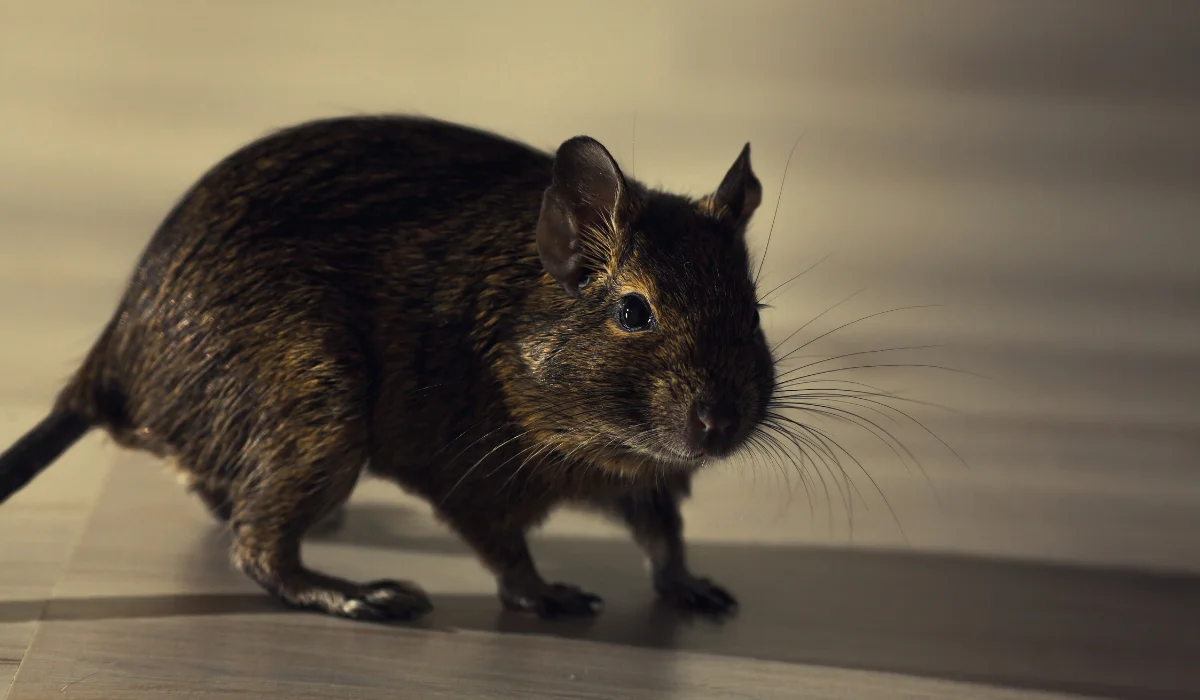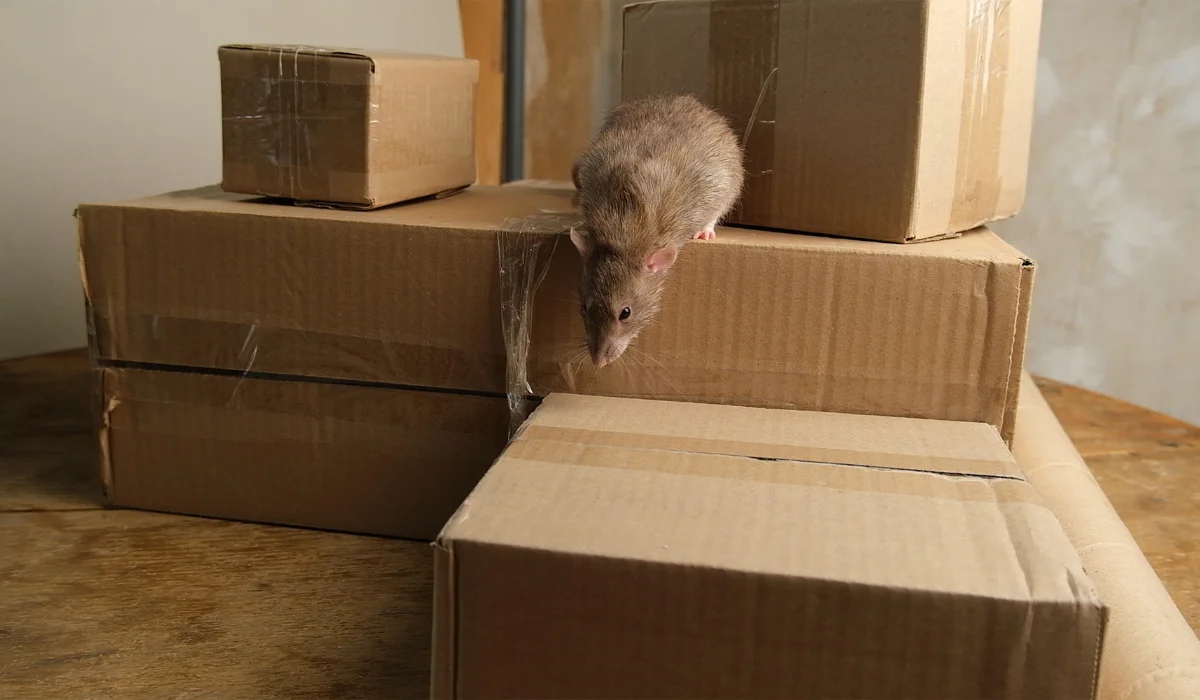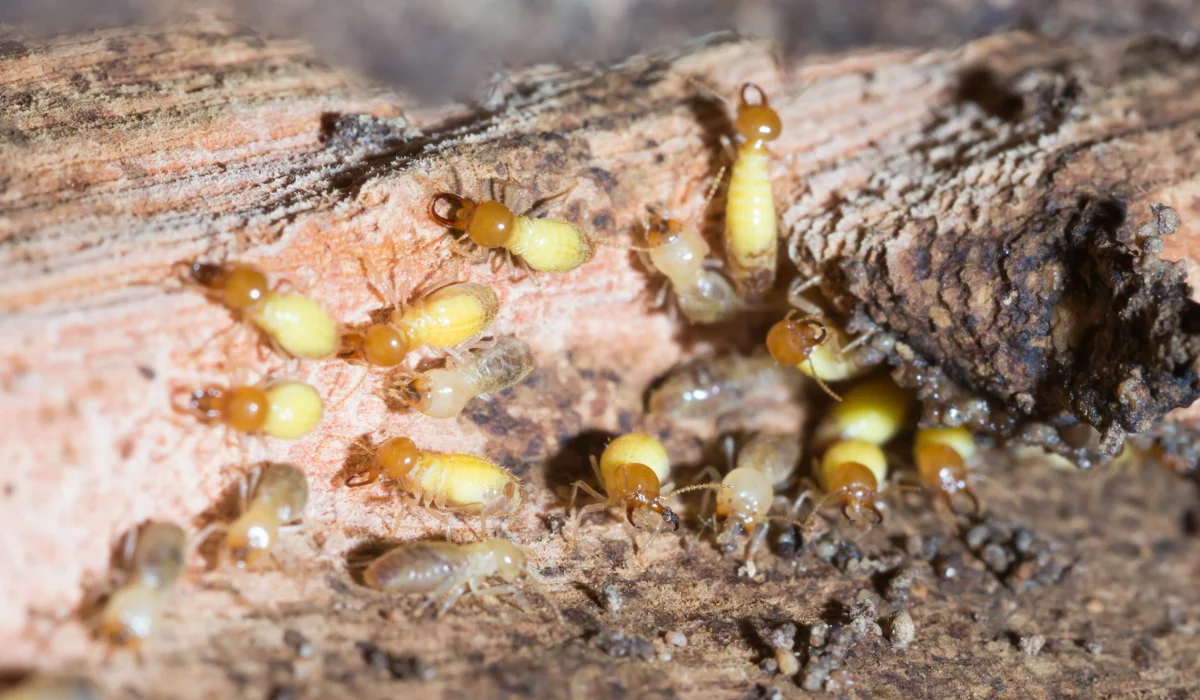Bats are fascinating creatures that often stir curiosity and intrigue. Certain bats hibernate, particularly in colder regions where food sources like insects become scarce during winter.
Ever wonder how long these tiny winged mammals can stay in hibernation? Stick around, and you’ll uncover some surprising facts about how bats cope with the challenges of winter.
Key Takeaways
- Besides hibernation, bats may enter a state called torpor or migrate to warmer regions like Mexico to conserve energy when food is scarce.
- Signs of a hibernating bat include minimal movement, a slow heartbeat, infrequent breathing, and a body temperature that matches the surroundings.
- If you notice frequent bat activity in your attic or bat guano around your home, contacting New Orleans bat control technicians for appropriate intervention is advisable.
WHAT IS BAT HIBERNATION?
Instead of hibernating, bats often enter torpor, a state of reduced metabolic rate and lower body temperature.
They also migrate to warmer areas like Mexico to find food and avoid cold temperatures. This method can be the best option in some cases.
Key Differences
Critical differences between hibernation and other survival strategies include:
| Survival Strategy | Duration | Energy Usage | Temperature Regulation |
|---|---|---|---|
| Hibernation | Months | Very low | Body temperature drops significantly |
| Torpor | Days or weeks | Low | Body temperature drops moderately |
| Migration | Seasonal | High | Normal body temperature |
WHEN DO BATS HIBERNATE?
Bats species in Louisiana, like Little Brown Bat and Big Brown Bat, typically enter hibernation based on specific environmental triggers and food availability. Their hibernation patterns can vary depending on the region and climate they inhabit.
Temperature Triggers
Bats’ hibernation is often initiated by decreasing temperatures as autumn turns into winter. Cold weather signals many species of bats to start looking for suitable hibernation sites, such as caves or old mines.
Once temperatures drop, bats slow their metabolism to conserve energy. This process helps them survive the winter months when insects, their primary food source, become scarce.
Regional Variations
Bats in different regions hibernate at different times and are influenced by varying climates.
| Region | Hibernation Duration | Reasons |
|---|---|---|
| Cold Winters | Long hibernation period | Extreme cold & scarce food |
| Warmer Areas | Short or no hibernation | Mild temperatures & available food |
WHERE DO BATS HIBERNATE?
Bats often seek specific environments for hibernation based on availability and safety. These include natural locations and man-made structures that offer shelter and stable conditions.
Common Hibernacula
Hibernacula are crucial for bats because they need places with consistent temperatures and humidity. Common locations often include:
- Caves: Provide consistent temperatures and humidity.
- Mines: Similar to caves, mines offer stable environments.
- Rock crevices: Smaller spaces that can also maintain stable conditions.
Man-Made Havens
Various human constructions offer ideal roosting sites, especially when natural habitats are scarce. Essential hibernation sites include:
- Attics: Offer warmth and relative safety from predators.
- Bat boxes: Designed specifically to provide roosting space.
- Old buildings: Structures like barns or vacant houses with less disturbance.
- Bridges: Undersides can provide shelter from harsh weather.
HOW TO KNOW IF A BAT IS HIBERNATING
When determining whether a bat is hibernating, crucial indicators include signs of reduced activity and distinguishing characteristics that separate hibernation from death.
Signs of Reduced Activity
When bats enter hibernation, their activity levels drop significantly. These critters rely on body fat reserves to sustain themselves through the winter. The following are common signs to watch for:
| Aspects | Signs of Reduced Activity |
|---|---|
| Appearance | Appears skinny due to decreased body weight |
| Movement | Minimal or no movement, even if nudged. |
| Heart Rate | Slows to as few as 10 beats per minute. |
| Breathing | Can be as slow as one breath every minute. |
| Location | Often found in cool, dark, and undisturbed places. |
How to Tell If the Bat Is Alive
Distinguishing a hibernating bat from a dead one is critical, especially in a colony of bats where observation is communal for conservation efforts.
While it’s challenging as both hibernating and dead bats are inactive, here’s to help with identification:
- Heartbeat: Feeble but detectable with the right equipment.
- Response to Stimuli: May show very slight responses to touch or light.
- Body Condition: Typically retains a certain amount of elasticity; dead bats become rigid over time.
- Signs of Disease: White-nose syndrome can affect hibernating bats, but look for fungal growth around the nose and wings.
WHEN TO CALL IN THE EXPERTS FOR BAT PROBLEMS
If you notice frequent bat activity in your attic or find bat guano around your home, it’s a clear sign to get professional help. Bats can enter your home during colder months seeking shelter, and managing these hibernating or torpid bats requires specialized care to ensure both your safety and theirs.
LaJaunie’s bat removal and control specialists provide expert inspections, humane exclusion methods, and thorough cleanup services tailored for Louisiana homes. Serving Baton Rouge, New Orleans, and nearby areas, we offer effective bat control solutions that protect your property year-round.
For safe, reliable bat removal and control, reach us today and let our team customize a plan suited to your needs.
 By: LaJaunie's Pest Control
By: LaJaunie's Pest Control 



